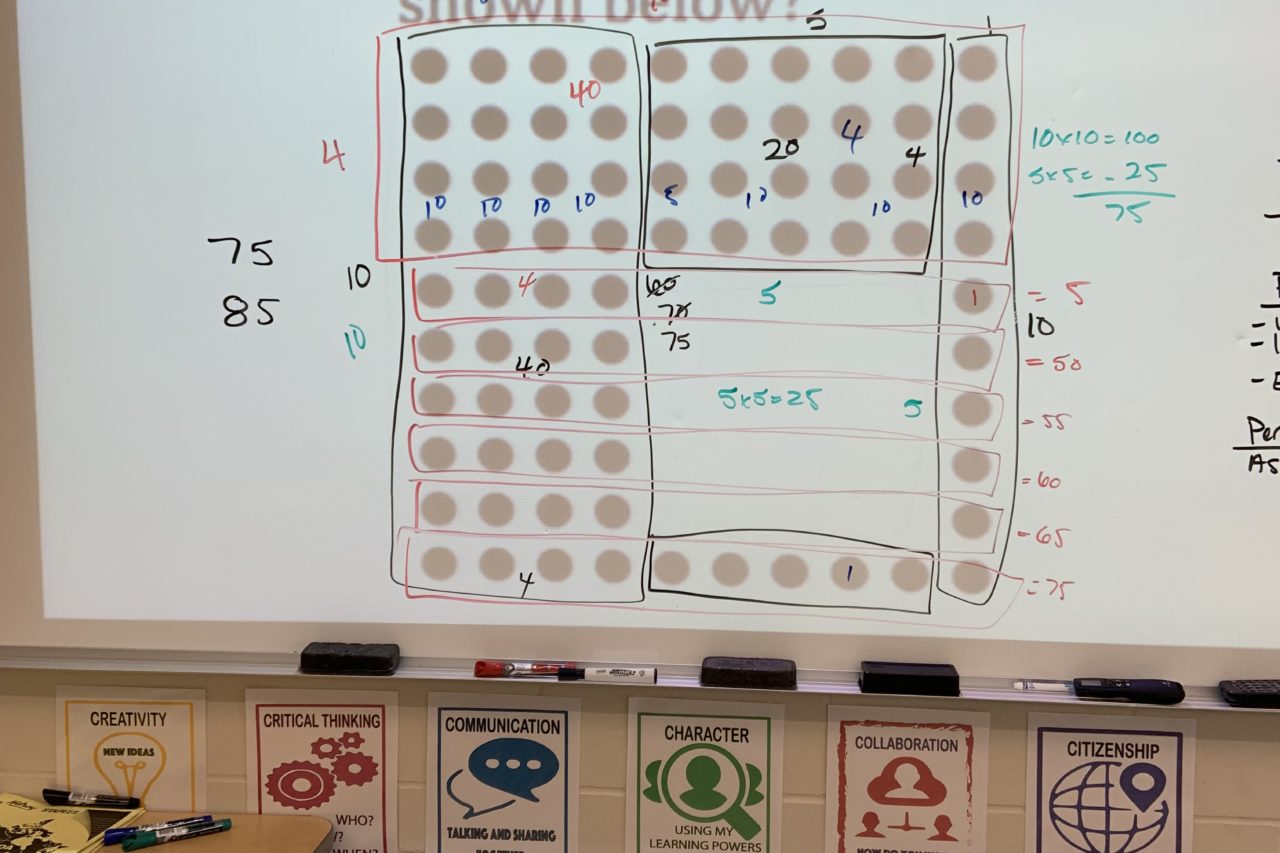One of the most common questions I have encountered in my work as a mathematics education leader, is about how we help our students who have arrived in the middle and senior years while still struggling with their math facts. The burden this puts on students and teachers in mathematics classrooms, as well as in classrooms in the trades and other areas where mathematics concepts are required is immense. We know this is something we need to address; the question is how do we go about it in a way that builds lasting understanding, as well as a positive and open mindset towards mathematics?
Number sense vs Memorization of Math Facts
The question really lies in understanding the difference between building number sense with our students, and working towards memorization of math facts. Jo Boaler defines the difference between the two as follows in her article, Fluency without Fear. :
“Number sense is the foundation for all higher-level mathematics (Feikes & Schwingendorf, 2008). When students fail algebra it is often because they don’t have number sense. When students work on rich mathematics problems – such as those we provide at the end of this paper – they develop number sense and they also learn and can remember math facts. When students focus on memorizing times tables they often memorize facts without number sense, which means they are very limited in what they can do and are prone to making errors.”
She goes on to discuss the impacts of focusing on and emphasizing number sense vs memorization of math facts throughout a student’s mathematical career and if you have the time, I would highly recommend the read.
In the classroom….
While certainly not a new idea, the impact of being intentional about developing students’ numeracy skills can’t really be understated. Helping our students become flexible in their use of numbers is what leads to the development of true understanding to work with math facts.
One way that some middle years teachers at CMS are developing this is to be intentional about continuing to teach student mental math strategies, through structured practice of particular skills. This gives continued exposure of these skills to students, as well as clear and regular times for teachers to make observations and gather assessment data to plan further instruction.
Other ways to build math fact fluency and number sense is through the continued use of number talks, building on complexity as students become more fluent and able to handle more complex calculations in their heads. While traditionally used in elementary grades, number talks are an effective way to continue to engage students in rich mathematics thinking in both Middle and Senior Years classrooms.
